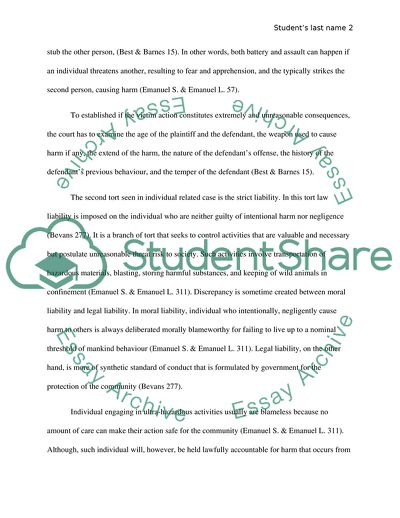Cite this document
(The Use of Tort Law in Healthcare Essay Example | Topics and Well Written Essays - 2250 words - 2, n.d.)
The Use of Tort Law in Healthcare Essay Example | Topics and Well Written Essays - 2250 words - 2. https://studentshare.org/law/1794026-tort-law-problem-question
The Use of Tort Law in Healthcare Essay Example | Topics and Well Written Essays - 2250 words - 2. https://studentshare.org/law/1794026-tort-law-problem-question
(The Use of Tort Law in Healthcare Essay Example | Topics and Well Written Essays - 2250 Words - 2)
The Use of Tort Law in Healthcare Essay Example | Topics and Well Written Essays - 2250 Words - 2. https://studentshare.org/law/1794026-tort-law-problem-question.
The Use of Tort Law in Healthcare Essay Example | Topics and Well Written Essays - 2250 Words - 2. https://studentshare.org/law/1794026-tort-law-problem-question.
“The Use of Tort Law in Healthcare Essay Example | Topics and Well Written Essays - 2250 Words - 2”. https://studentshare.org/law/1794026-tort-law-problem-question.


